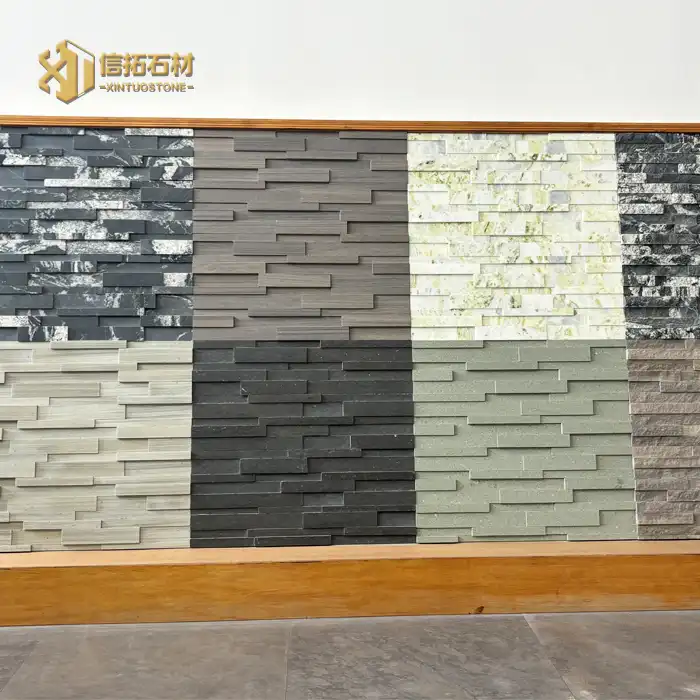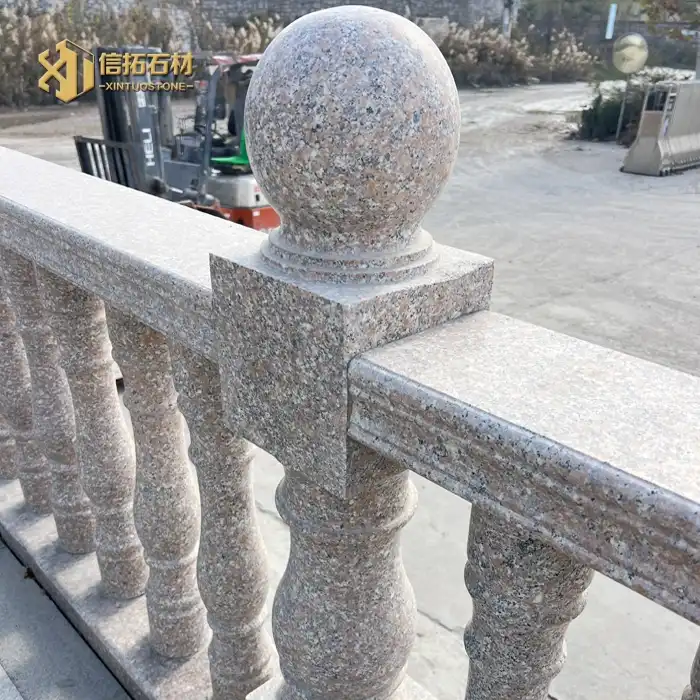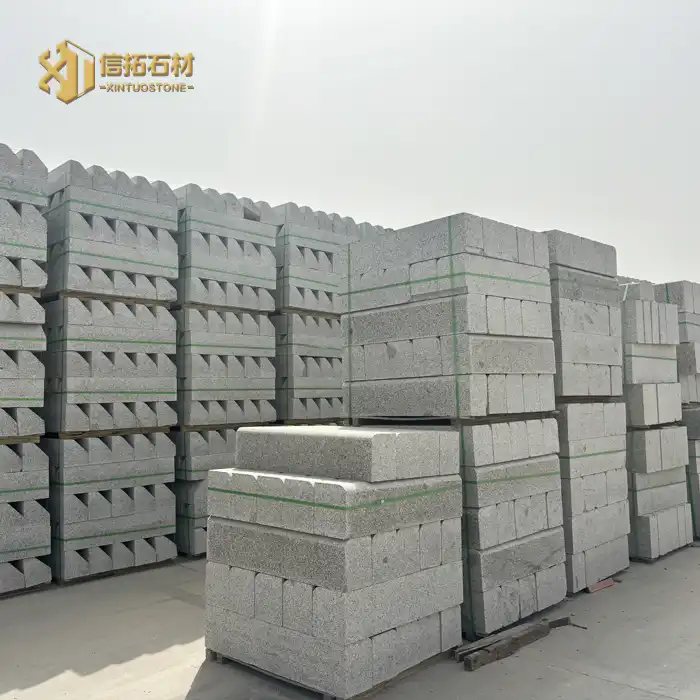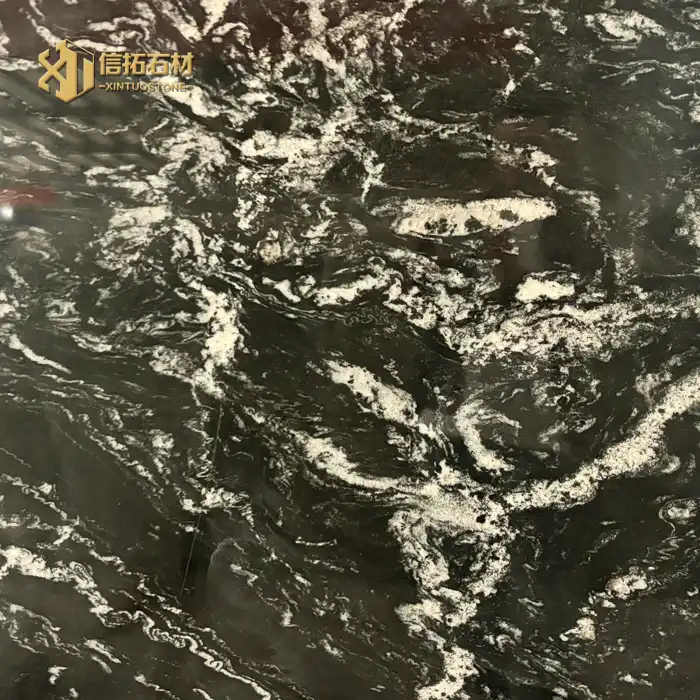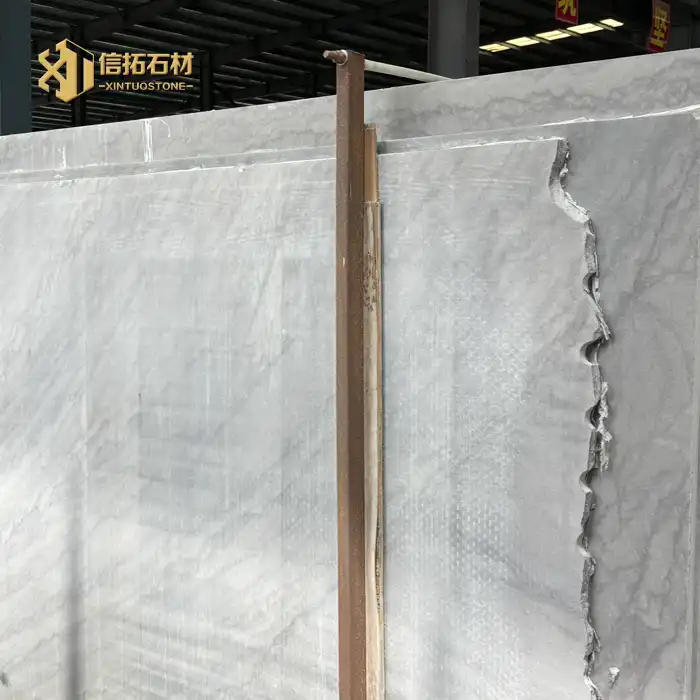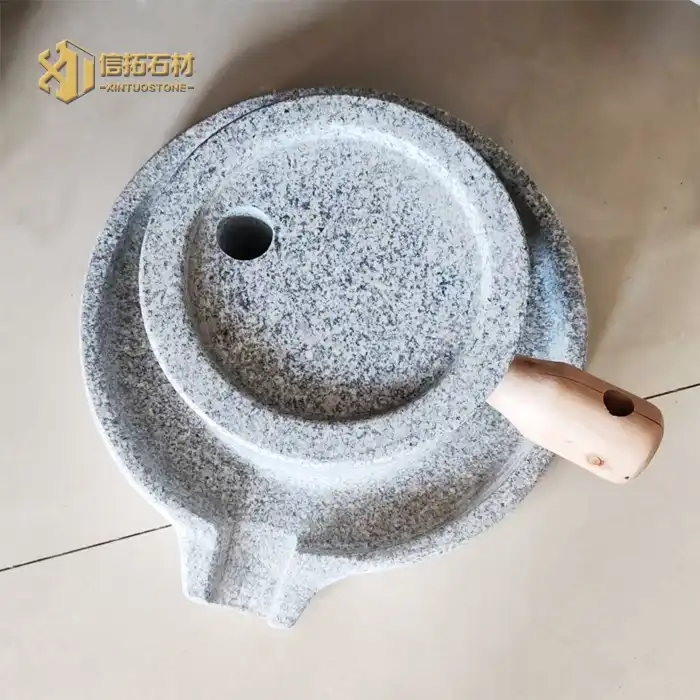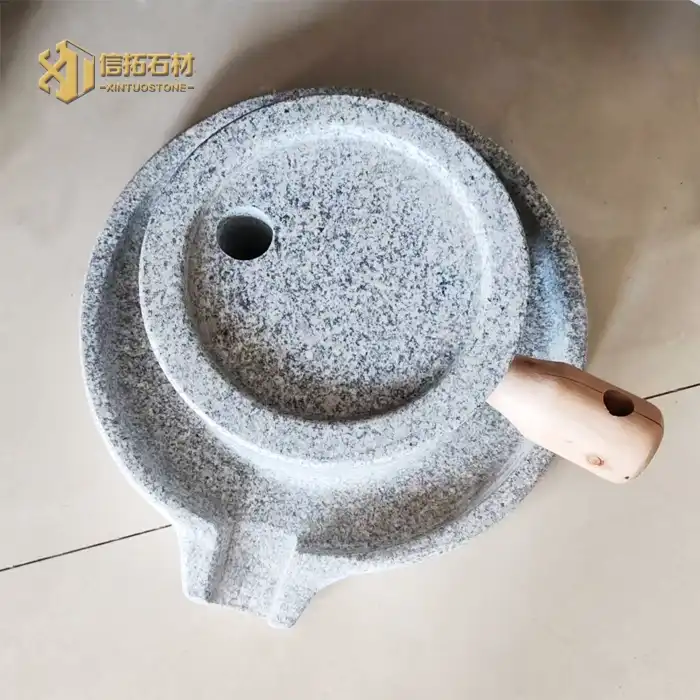how to tell the diffrence between granite and cultured stone?
2025-07-09 14:30:54
Choosing the right material for your countertops or surfaces can be challenging, especially when distinguishing between natural granite and cultured stone. Granite, a natural igneous rock, is renowned for its durability and unique patterns, while cultured stone is a man-made product designed to mimic the appearance of natural stone. Understanding the differences between these materials is crucial for making informed decisions about aesthetics, maintenance, and cost.

What Are the Key Differences Between Granite and Cultured Stone?
Composition and Formation
Granite is a natural stone formed through the slow crystallization of magma beneath the Earth's surface. It primarily consists of quartz, feldspar, and mica, giving it a granular and speckled appearance. Each slab of granite is unique, with variations in color and pattern due to its natural formation process.
Cultured Stone, on the other hand, is a manufactured product made by blending cement, aggregates, and iron oxide pigments. It's cast in molds taken from natural stone to replicate the look and texture. While it can closely resemble natural stone, the patterns in cultured stone are often more uniform and repetitive.
Appearance and Patterns
Granite exhibits a wide range of colors and patterns, including veining and speckles, resulting from its mineral composition. These natural variations mean no two granite slabs are identical, adding to its appeal.
Cultured Stone is designed to imitate natural stone, but its patterns are typically more consistent. The manufacturing process allows for control over color and texture, but it may lack the depth and uniqueness found in natural granite.
Durability and Maintenance
Granite is highly durable, resistant to heat, scratches, and stains when properly sealed. However, being a porous material, it requires periodic sealing to maintain its resistance to stains and bacteria.
Cultured Stone is less porous due to its cement base, making it more resistant to moisture and staining without the need for sealing. However, it may not withstand high heat as well as granite and can be more susceptible to chipping or cracking under impact.
Weight and Installation
Granite is a dense and heavy material, often requiring professional installation and sturdy support structures. Its weight can make installation more labor-intensive and costly.
Cultured Stone is significantly lighter, making it easier to handle and install. This can lead to reduced labor costs and more flexibility in application, especially in areas where weight is a concern.
Cost Considerations
Granite tends to be more expensive due to quarrying, transportation, and fabrication costs. Prices can vary widely based on the rarity of the stone and the complexity of the installation.
Cultured Stone is generally more affordable, both in material and installation costs. Its lighter weight and ease of installation contribute to lower overall expenses.
How Can You Identify Granite in Your Home?
Identifying whether your countertop is granite or cultured stone can be done through several methods:
Visual Inspection
Unique Patterns: Granite has natural, non-repeating patterns. If you notice uniformity and repetition, it's likely cultured stone.
Seams and Edges: Granite slabs may have visible seams, whereas cultured stone often has more uniform edges due to its molded nature.
Touch and Feel
Temperature: Granite feels cool to the touch, even at room temperature, due to its natural density. Cultured stone may feel warmer.
Texture: Granite surfaces are typically smooth but may have slight natural imperfections. Cultured stone may feel more uniform and can have a slightly plastic-like feel due to its resin content.
Water Absorption Test
Place a few drops of water on the surface. If the water is absorbed and the area darkens, it's likely unsealed granite. If the water beads up and doesn't absorb, it may be cultured stone or sealed granite.
Acid Test
Apply a small amount of vinegar or lemon juice to an inconspicuous area. Granite is generally resistant to acids, while cultured stone may react, showing signs of etching or dullness.
Sound Test
Tapping on granite with a metal object produces a ringing sound due to its density. Cultured stone tends to produce a duller sound.

What Are the Pros and Cons of Choosing Granite Over Cultured Stone?
Granite
Pros:
Natural Beauty: Each slab is unique, offering a one-of-a-kind appearance.
Durability: Highly resistant to heat, scratches, and when sealed, stains.
Adds Value: Often increases property value due to its premium status.
Cons:
Cost: More expensive in terms of material and installation.
Maintenance: Requires periodic sealing to maintain its resistance to stains.
Weight: Heavy, necessitating strong support structures.
Cultured Stone
Pros:
Affordability: Generally less expensive than natural stone.
Ease of Installation: Lighter weight makes it easier and cheaper to install.
Low Maintenance: Does not require sealing and is resistant to moisture.
Cons:
Less Authentic: Lacks the unique patterns and depth of natural stone.
Durability: More susceptible to heat damage and may not be as long-lasting as granite.
Potential for Fading: Colors may fade over time, especially with prolonged exposure to sunlight.
Conclusion
Determining whether a surface is granite or cultured stone involves examining its appearance, texture, weight, and reaction to certain tests. Granite offers natural beauty and durability but comes with higher costs and maintenance requirements. Cultured stone provides a cost-effective and versatile alternative, though it may lack the authenticity and longevity of natural granite. Understanding these differences will help you make an informed decision that aligns with your aesthetic preferences, functional needs, and budget.

References
Granite Countertop Review: Pros and Cons - The Spruce
How to Spot Fake Granite Countertops - Granite Depot of Indianapolis
How to Distinguish Genuine Granite - Granite Liquidators
Real vs. Fake: Identifying Authentic Stone Countertops - Granite Depot of Columbia
How to Spot Fake Granite Countertops in 2025 - Marble.com
The Difference Between Granite and Man-Made Stone - Marble Concepts
Granite: Identification, Characteristics, Pictures & More – Rockhound Resource
Frequently Asked Questions - Cultured Stone
Natural Stone vs Cultured Stone: Unveiling the Truth for Your Dream Project - The Marble Guide
What Countertop Do I Have? - The Countertop Factory
Send Inquiry
Related Industry Knowledge
- How Slip-Resistant Are Granite Garden Slabs?
- Can Exterior Wall Hanging Stone Be Used in Modern Designs?
- How Does a Natural Red Sandstone Slab Affect Indoor Acoustics?
- How Durable Is Exterior Wall Hanging Stone in Harsh Climates?
- What Color Schemes Pair Well with Royal Ballet Granite?
- How Does Granite Kerbstone Perform Under Heavy Traffic Loads?
- How Does Cosmic Black Stone Affect Room Ambiance and Light?
- How Does Royal Ballet Granite Elevate Luxe Indoor Spaces?
- How to Clean Outdoor Granite Slabs?
- how to tell the diffrence between granite and cultured stone?
 信拓_1747705273728.webp)

